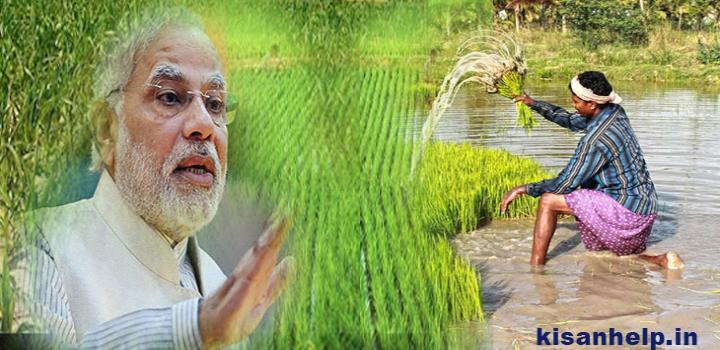Agriculture sector
The primary sector of the economy is the sector of an economy making direct use of natural resources. This includes agriculture,forestry, fishing and mining. In contrast, the secondary sector produces manufactured goods, and the tertiary sector produces services.
The primary sector of the economy is the sector of an economy making direct use of natural resources. This includes agriculture, forestry, fishing and mining. In contrast, the secondary sector produces manufactured goods, and the tertiary sector produces services. The primary sector is usually most important in less-developed countries, and typically less important in industrial countries.
The manufacturing industries that aggregate, pack, package, purify or process the raw materials close to the primary producers are normally considered[by whom?] part of this sector, especially if the raw material is unsuitable for sale or difficult to transport long distances.
Primary industry is a larger sector in developing countries; for instance, animal husbandry is more common in Africa than in Japan. Mining in 19th-century South Wales provides a case study of how an economy can come to rely on one form of activity.
Canada is unusual among developed countries in the importance of its primary sector, with the logging and oil industries being two of Canada's most important. However, in recent years, the number of terminal exchanges have heavily reduced Canada's primary industry, making Canadians rely more on quaternary industry.
Agriculture
In developed countries primary industry has become more technologically advanced, for instance the mechanization of farming as opposed to hand picking and planting. In more developed economies additional capital is invested in primary means of production. As an example, in the United States corn belt, combine harvesters pick the corn, and spray systems distribute large amounts of insecticides, herbicides and fungicides, producing a higher yield than is possible using less capital-intensive techniques. These technological advances and investment allow the primary sector to require less workforce and, this way, developed countries tend to have a smaller percentage of their workforce involved in primary activities, instead having a higher percentage involved in the secondary and tertiary sectors.
Developed countries are allowed to maintain and develop their primary industries even further due to the excess wealth. For instance, European Union agricultural subsidies provide buffers for the fluctuating inflation rates and prices of agricultural produce. This allows developed countries to be able to export their agricultural products at extraordinarily low prices. This makes them extremely competitive against those of poor or underdeveloped countries that maintain free market policies and low or non-existent tariffs to counter them. Such differences also come about due to more efficient production in developed economies, given farm machinery, better information available to farmers, and often larger scale.


